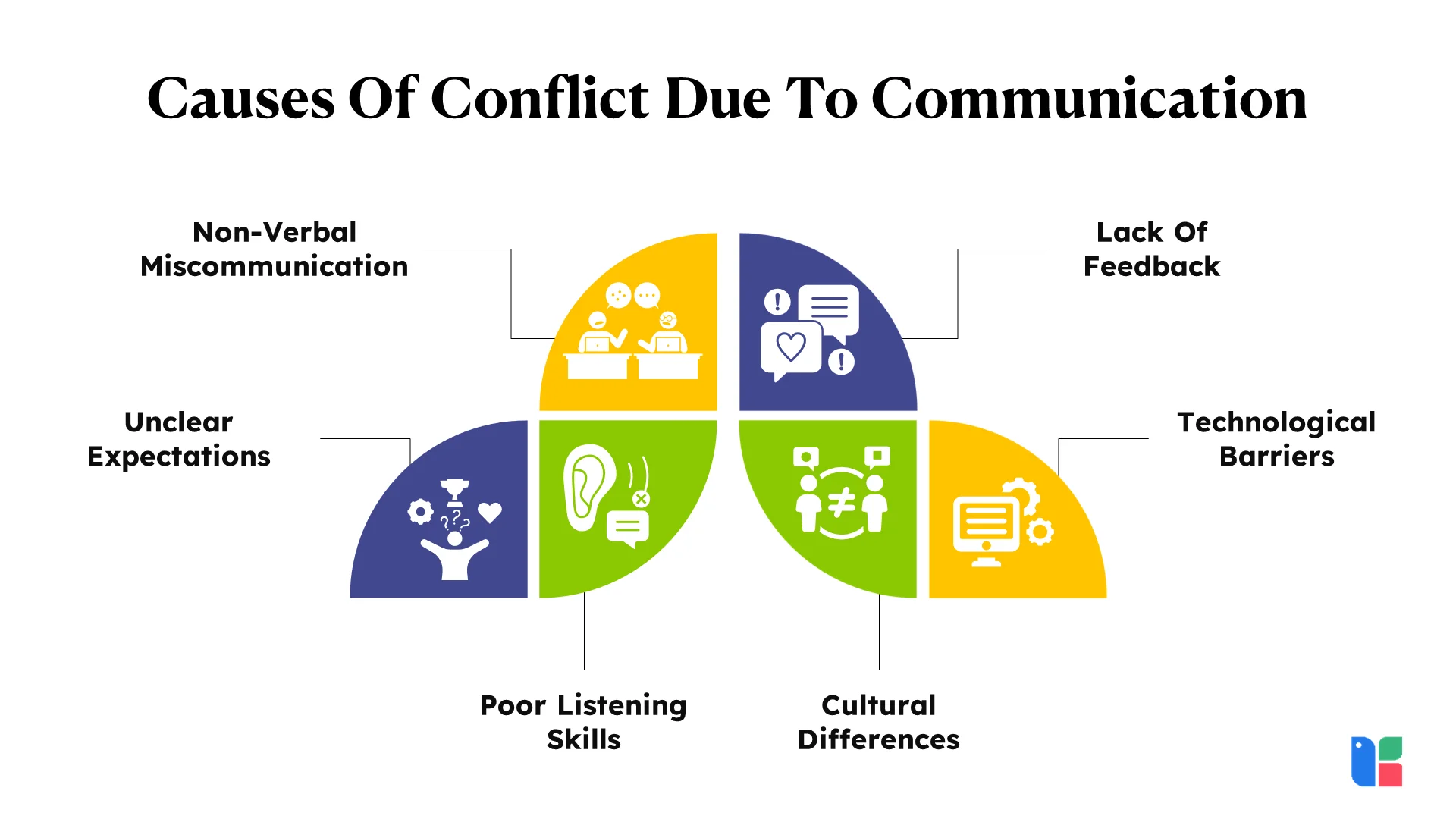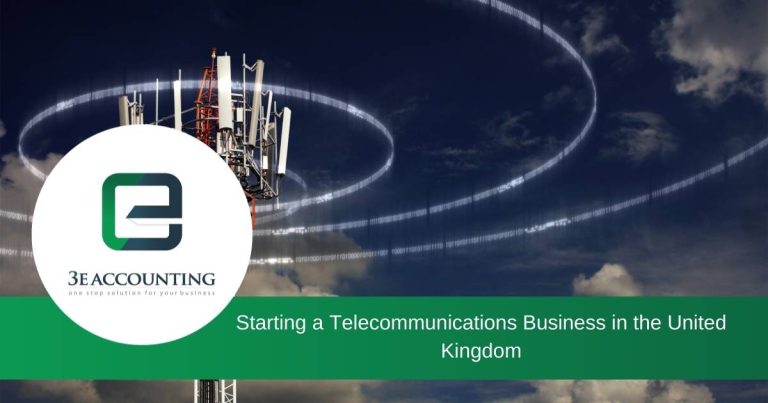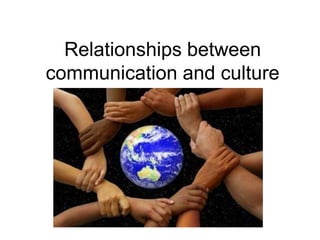How Miscommunication Causes Conflicts: Avoid Turmoil
Miscommunication often leads to conflicts. Words get twisted, and misunderstandings arise.
Think about a time when you said something, but others took it the wrong way. That’s miscommunication at work. It’s like playing a game of telephone where the message gets jumbled. Miscommunication can spark conflicts in families, workplaces, and friendships.
People may feel hurt or offended. These small misunderstandings can grow into bigger issues. Miscommunication can stem from unclear language, cultural differences, or assumptions. It’s important to see how these mix-ups happen. By understanding the root causes, we can work towards clearer communication. This can help reduce unnecessary conflicts. In this blog post, we will explore how miscommunication leads to conflicts and what we can do about it.

Credit: www.marriage.com
Roots Of Miscommunication
Miscommunication often sparks conflicts, stemming from unclear messages and assumptions. People might misinterpret words, leading to disagreements. Misunderstood intentions and emotions can further escalate tensions, causing unnecessary conflicts.
Miscommunication is like a shadow that can create unexpected conflicts. At its core, it often stems from simple misunderstandings that could have been avoided. Understanding the roots of miscommunication can help you navigate these choppy waters with more confidence. ###Language Barriers
Language differences are a significant source of miscommunication. Imagine being at a restaurant in a foreign country, trying to order a meal. You might think you asked for chicken, but the waiter brings you fish. This simple language barrier can lead to frustration and a less enjoyable experience. You might have experienced something similar in your workplace. A colleague may use jargon or slang you’re unfamiliar with, causing confusion. This can hinder collaboration and lead to unnecessary conflicts. Consider asking for clarification to ensure everyone is on the same page. ###Cultural Differences
Cultural differences can silently fuel miscommunication. Picture attending a business meeting where one party expects direct eye contact as a sign of trust, while another views it as disrespectful. These unspoken expectations can lead to misunderstandings and strained relationships. Think about your own experiences. Have you ever been in a situation where a gesture or phrase was misinterpreted because of cultural differences? It’s crucial to recognize and respect these nuances. By educating yourself and being open to learning about others’ cultures, you can bridge gaps and foster a more harmonious environment. Miscommunication is often preventable. By understanding and addressing language barriers and cultural differences, you can minimize conflicts and improve your interactions. What steps will you take to ensure your messages are clear and respectful?
Credit: www.sterkfamilylaw.com
Impact On Relationships
Miscommunication often leads to misunderstandings and disagreements. These can strain and damage personal and professional relationships. Clear communication is crucial for maintaining harmony and trust.
Miscommunication can have a profound impact on relationships, whether personal or professional. When words are misunderstood or intentions are misjudged, it can lead to frustration and tension. You might find yourself wondering why a simple conversation turned into a heated argument. The truth is, the ripple effect of miscommunication can create cracks in the foundation of trust and understanding.Personal Relationships
In personal relationships, miscommunication can create unnecessary drama. Imagine planning a surprise for your partner, only for them to misinterpret your intentions as neglect. Such misunderstandings can lead to feelings of betrayal or neglect. You might think you’re expressing love, but if your message isn’t clear, it could be received as criticism. This can make both parties defensive, leading to a cycle of arguments. A simple text message can be misconstrued, causing a rift that didn’t need to exist. How often do you clarify what you mean? Taking a moment to ensure your message is received as intended can save a lot of heartache. Active listening and asking questions can bridge the gap.Professional Environment
In a professional setting, miscommunication can derail projects and affect team morale. Imagine a team member misunderstanding a deadline and causing a project delay. The frustration and blame can lead to a toxic work environment. It’s not just about missing deadlines. Misunderstood instructions can result in wasted resources. When you assume your team knows what you mean, you risk losing efficiency. Clear communication is key to maintaining productivity. Consider how often you check for understanding in meetings. Do you encourage feedback to ensure clarity? By fostering an open environment for questions, you can prevent costly errors and maintain a harmonious workplace. Miscommunication isn’t just an occasional hiccup; it can be a constant barrier. Are you doing enough to break down these barriers in your daily interactions?Common Miscommunication Scenarios
Miscommunication often leads to conflicts in various scenarios. It can happen in digital spaces and face-to-face interactions. Each setting presents unique challenges. Understanding these can help prevent misunderstandings. Let’s explore common miscommunication scenarios.
Digital Communication
Digital communication often lacks tone and emotion. Emails and texts can be easily misunderstood. A simple message might sound harsh. Emojis help, but they can’t convey everything. Misreading intentions is common. People may interpret messages based on their mood. This can lead to unnecessary conflicts. Clear and concise communication is key. Always reread messages before sending.
Face-to-face Interactions
Face-to-face interactions involve both verbal and non-verbal cues. Body language plays a big role. Misreading gestures can cause confusion. A simple nod might mean different things. Tone of voice is crucial too. The same words can have varied meanings. This depends on how they’re said. People often focus on words, not expressions. This leads to misunderstandings. Paying attention to both is essential.
Strategies To Prevent Miscommunication
Miscommunication often leads to conflicts by creating misunderstandings and confusion. Clear communication strategies can help avoid these issues. Active listening and asking questions ensure everyone is on the same page.
Miscommunication often acts as a silent disruptor, causing conflicts that can escalate quickly if not addressed. But, there are strategies you can use to prevent miscommunication and foster healthier interactions. By honing specific skills, you can transform your communication style into one that is clear and effective. Let’s dive into these strategies and see how they can make a difference in your daily interactions.Active Listening
Active listening is more than just hearing words; it’s about truly understanding the message being conveyed. Have you ever found yourself in a conversation where you were more focused on what you were going to say next rather than absorbing what the other person was saying? To practice active listening, focus on the speaker’s words and body language. Nod, ask questions, and paraphrase their points to ensure clarity. These simple actions show that you value their perspective and are engaged in the conversation. How often do you find yourself thinking about your response before the speaker has finished talking?Clarifying Intentions
Miscommunication often stems from assumptions. You might assume you understand someone’s intentions, but assumptions can lead to misunderstandings. Imagine discussing a project deadline with a colleague and assuming they meant the end of the day when they actually meant the end of the week. To prevent such mix-ups, ask questions to clarify intentions. Use phrases like, “Just to be clear,” or “Can you explain further?” This ensures everyone is on the same page and reduces the likelihood of conflicts. What steps do you take to confirm you truly understand what someone means? By adopting these strategies, you can create a more open and transparent communication environment. Communication is not just about what you say; it’s about making sure your message is received as intended.Resolving Conflicts Arising From Miscommunication
Miscommunication often leads to misunderstandings and disputes. Small errors in communication can escalate tensions quickly. Clear dialogue is crucial to prevent conflicts and maintain harmony.
Miscommunication often leads to conflicts. These conflicts can strain relationships and create misunderstandings. By addressing miscommunication effectively, conflicts can be resolved peacefully. It requires clear strategies and thoughtful approaches. Let’s explore some methods that can help.Mediation Techniques
Mediation provides a neutral space for dialogue. It encourages open communication between parties. Mediators guide discussions to uncover underlying issues. They help each person express their thoughts and feelings. This process promotes mutual understanding and finds common ground. Effective mediation can transform conflicts into constructive conversations.Emotional Intelligence
Emotional intelligence plays a crucial role in resolving conflicts. It involves recognizing and managing one’s emotions. Understanding others’ emotions is equally important. This awareness fosters empathy and patience. Developing emotional intelligence helps in responding calmly. It minimizes emotional outbursts during disagreements. Practicing emotional intelligence can lead to healthier interactions. “`
Credit: fastercapital.com
Frequently Asked Questions
How Can Miscommunication Cause Conflict?
Miscommunication leads to misunderstandings, fostering resentment and frustration. It escalates tensions by misinterpreting intentions, creating distrust. Clear communication prevents conflicts by ensuring clarity and mutual understanding.
How Does Misunderstanding Cause Conflict?
Misunderstanding arises from poor communication, leading to misinterpretation of intentions or facts. This misalignment creates tension and disagreements. Clarifying assumptions and engaging in open dialogue can prevent conflicts. Regular communication helps maintain mutual understanding and reduces chances of conflict.
How Does A Communication Gap Cause Conflict?
A communication gap leads to misunderstandings and assumptions, causing frustration and mistrust. Misinterpretations escalate tensions, leading to conflict. Effective communication ensures clarity, reducing potential disputes and fostering collaboration.
Conclusion
Miscommunication often leads to unnecessary conflicts. Small misunderstandings can escalate quickly. Clear communication prevents many issues. Listening actively is key to understanding others. Use simple words to express thoughts. Avoid assumptions; ask questions instead. This helps clarify intentions and feelings.
Cultivate patience in conversations. Misunderstandings can happen to anyone. Recognizing them early saves relationships. Practice empathy to see others’ viewpoints. Improve communication for peaceful interactions. Building better communication habits creates harmony. Communication skills strengthen personal and professional bonds. Remember, effective communication reduces conflicts and fosters understanding.



